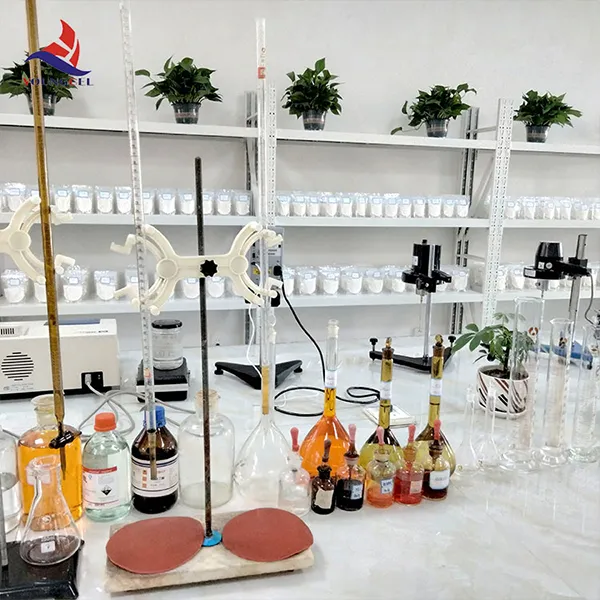Understanding Cellulose Ether Hydroxypropyl Methylcellulose (HPMC)
Cellulose ethers have become increasingly significant in various industries due to their unique properties and versatile applications. Among these, Hydroxypropyl Methylcellulose (HPMC) stands out as a prominent cellulose ether widely used in pharmaceuticals, construction, food, and personal care products. This article will explore the characteristics, manufacturing process, applications, and benefits of HPMC, providing a comprehensive overview of its importance in modern industries.
Characteristics of HPMC
Hydroxypropyl Methylcellulose is derived from natural cellulose through a series of chemical modifications. By introducing hydroxypropyl and methyl groups to the cellulose backbone, HPMC exhibits enhanced solubility in cold water and improved functional properties compared to its non-modified counterpart. It appears as a white to off-white powder and is odorless and tasteless. One of its most notable characteristics is its ability to form transparent gels and films, making it an excellent option for coatings and stabilizers.
HPMC is categorized based on its viscosity and degree of substitution, which influences its solubility and rheological behavior in various formulations. The viscosity of HPMC can range from low to high, enabling it to meet diverse application requirements.
Manufacturing Process
The production of HPMC involves a multi-step process. The initial step begins with the extraction of cellulose from natural sources, such as wood pulp or cotton. The cellulose is then purified and reacted with propylene oxide and methyl chloride under controlled conditions. This reaction modifies the cellulose chains, introducing hydroxypropyl and methyl groups. The final product undergoes drying and milling to achieve the desired particle size and consistency. Quality control measures are implemented throughout the manufacturing process to ensure the purity and performance of HPMC.
Applications of HPMC
cellulos ether hpmc

HPMC's versatility makes it suitable for a wide range of applications
1. Pharmaceuticals HPMC is commonly used as a binder, coating agent, and controlled-release agent in tablet formulations. Its ability to form gels allows for the sustained release of active ingredients, enhancing therapeutic effectiveness.
2. Construction In the construction sector, HPMC is a crucial additive in cement-based products, such as tile adhesives, grouts, and plasters. It improves workability, water retention, and adhesion, contributing to the overall durability of construction materials.
3. Food Industry HPMC serves as a thickening agent, emulsifier, and stabilizer in food products. Its ability to enhance texture and improve moisture retention has made it a popular choice in gluten-free baking and dairy products.
4. Personal Care Products In cosmetics and personal care items, HPMC acts as a thickener, film-former, and emulsifier. It provides a desirable texture and consistency in lotions, creams, and gels, contributing to the overall consumer experience.
Benefits of HPMC
The advantages of using HPMC are numerous. Its non-toxic and biodegradable nature makes it an environmentally friendly choice. Additionally, HPMC is hypoallergenic, making it suitable for use in sensitive applications, such as pharmaceuticals and personal care products. Its ability to improve texture and stability in various formulations enhances product performance, offering manufacturers a reliable ingredient that meets consumer demands.
In conclusion, Hydroxypropyl Methylcellulose is a versatile cellulose ether with significant applications across multiple industries. Its unique properties, reliable performance, and eco-friendly profile have established it as a valuable component in modern formulations. As industries continue to evolve, the demand for high-quality cellulose ethers like HPMC is expected to grow, paving the way for innovative applications and solutions.
-
Premium Detergent Grade HPMC Hydroxypropyl Methylcellulose: Superior Thickening & StabilityNewsAug.31,2025
-
HEC 100000 Hydroxyethylcellulose for Paint | Superior ThickeningNewsAug.30,2025
-
Wall Putty Rdp Powder Packaging DesignNewsAug.29,2025
-
Introduction to Hpmc Hydroxypropyl Methyl CellulosNewsAug.29,2025
-
Hpmc Industri Grade IntegrationNewsAug.29,2025
-
How to Choose the Right Construction AdhesiveNewsAug.29,2025




